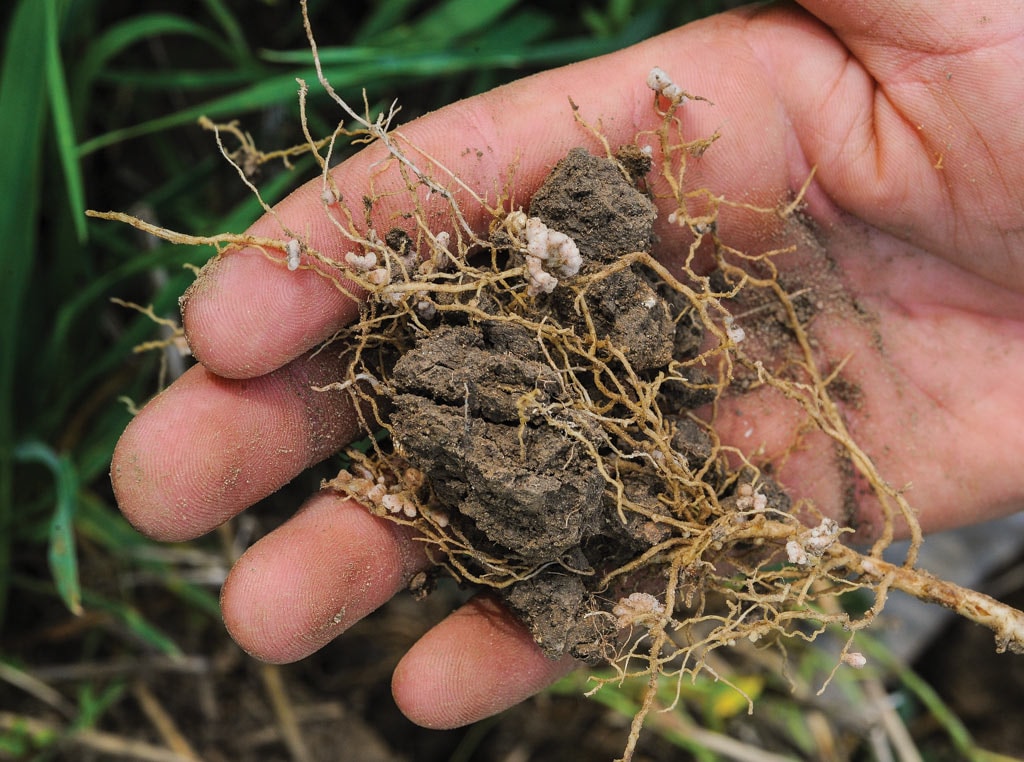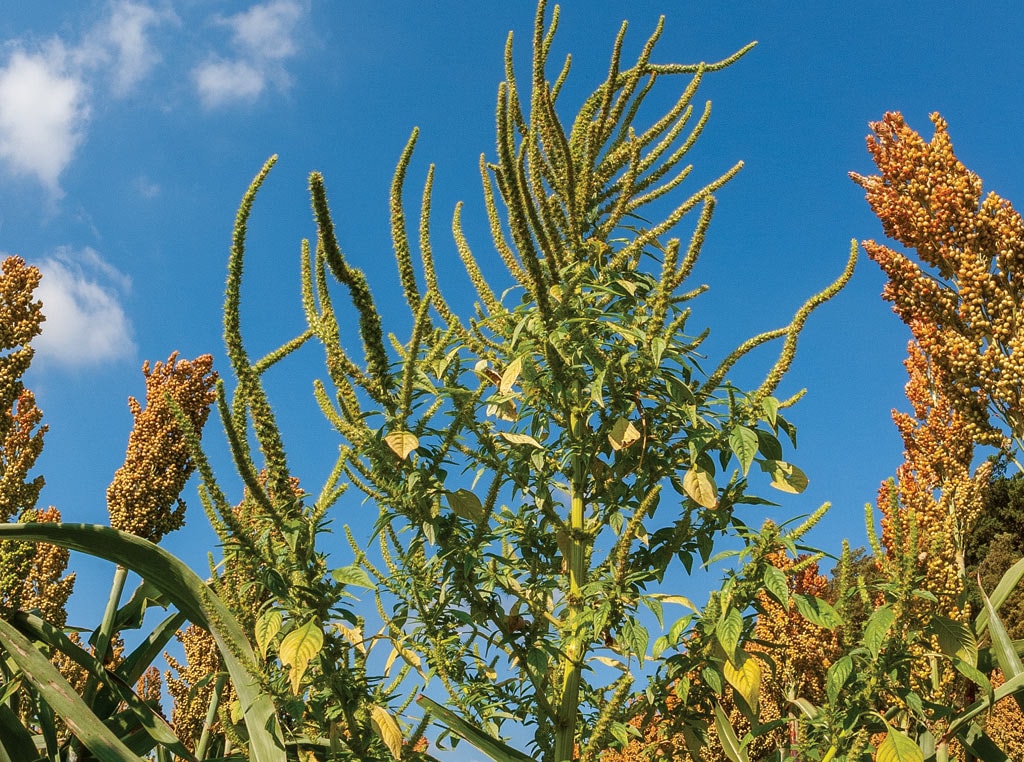Agriculture, Sustainability March 01, 2022
Center for Opportunity
Northwest Missouri facility encourages agricultural literacy.
Opportunity knocks, but you have to build the front door upon which opportunity can do its calling. Northwest Missouri State University decided it was lacking a front door, so it invested $10.7 million in an Agricultural Learning Center. This new facility invites both ag students and non-ag students—along with the area’s agriculture industry as well as the local community—to step inside and learn more about rural issues.
This impressive 29,500-square foot building is designed as a multipurpose facility, housing a range of classrooms, labs, and an exposition center. But Rod Barr, director of NWMSU’s School of Agricultural Sciences, says the learning center is more than brick and mortar. “My background is in ag education, and I have a passion for agricultural advocacy,” he says. “This is a place where people from all walks of life can be introduced to the complex relationship between agriculture and food. This is a place where discussions can start, and people can have conversations that lead to improved agricultural literacy.”
Farm fit. The new center sits adjacent to the university’s R.T. Wright Farm, located just north of NWMSU’s home campus in Maryville, Mo. The Wright farm has served as a living laboratory over the past 50 years, but the university has long desired to build academic space at the farm.
The new center provides those classrooms—a 100-seat classroom that can be divided, as well as a 42-seat classroom, all equipped with the latest in connectivity and digital display. The Wright farm has a diverse array of enterprises—dairy, beef, swine, sheep, alfalfa, row crops—and the new center houses a corresponding range of laboratories. The agronomy laboratory offers student researchers the ability to conduct climate-controlled plant growth experiments as well as genetic and transcriptomic analysis.
The facility also houses an animal health laboratory as well as a meat fabrication laboratory, where students can use state-of-the-art processing equipment to create marketable products. A certified commercial processing kitchen promotes innovation in the value-added food arena.
Work also is underway to bring a micro-creamery to the center, adding value to the farm’s dairy operation. “I think this could be a great opportunity to reach out to the public with a message of agricultural advocacy,” says director Barr. “Dairy is a perfect fit for talking about who we are, what we do, and why we do it.”
Hands on. There are 520 students studying agriculture and food at NWMSU, pursuing one of seven undergraduate degrees offered in the field. The Agricultural Learning Center is a natural extension of the education philosophy at the university.
“We focus on giving students profession-based learning opportunities,” Barr says. “We like to offer hands-on experiences, and the center allows us to do that.” A guest speaker from the industry recently lectured about USDA livestock grading, for example. Students then walked to the farm to grade animals, immediately putting the information to use.
The new center also beckons the public with its 9,400-square-foot exposition center. Like the rest of the facility, this area was designed with flexibility in mind. The expo center can host a 500-person banquet, or the space can be divided for smaller gatherings; the floor contains connectors for installing livestock pens; or, the floor space can be cleared so that the largest modern farm equipment can be displayed on the expo floor.
Since opening in autumn 2021, several non-ag groups have used the space. “When fully operational, we will have flat-screen displays with touch screens in hallways where people can learn about ag,” Barr says. “We are excited about the opportunity this presents to help people boost their agricultural literacy.” ‡
Above. A study in diversity, the R.T. Wright Farm features dairy, beef, swine, and sheep enterprises along with alfalfa and row crop production. Classrooms are located just a short walk from the farm. (Classroom photo: NWMSU.)
Read More

AGRICULTURE, SUSTAINABILITY
Nitrogen by Nature
Cover crops help cut fertilizer costs.

AGRICULTURE, SUSTAINABILITY
Breaking the Bank
Herbicide resistance requires a new level of weed control.




